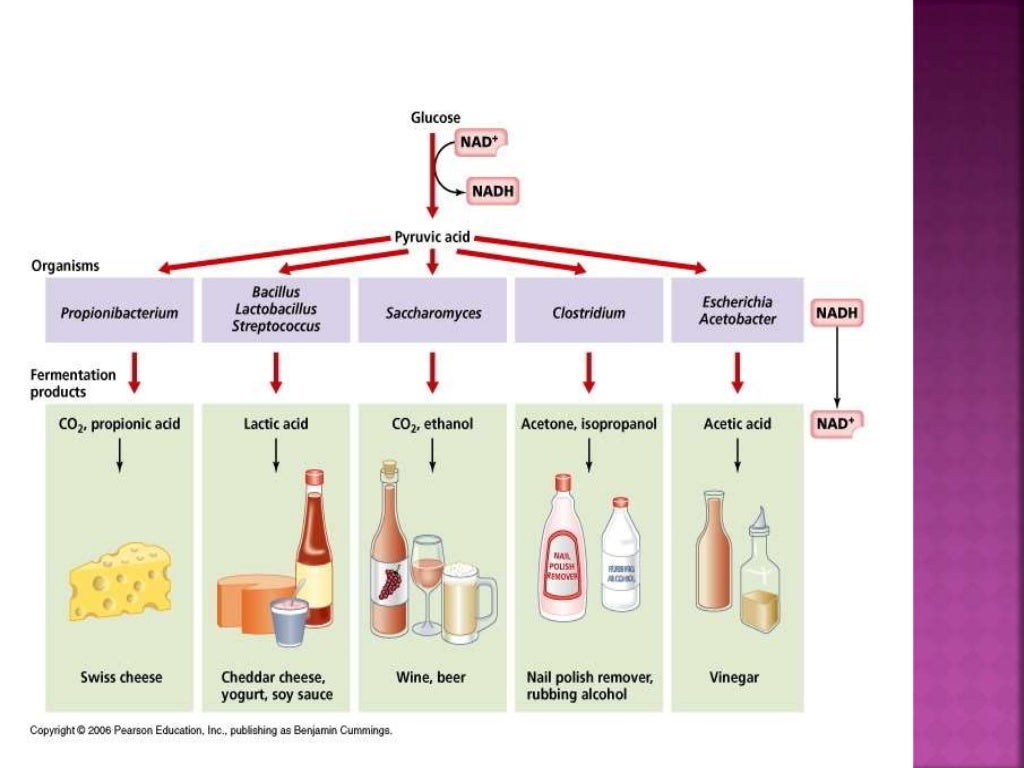
Swiss cheese is a popular type of cheese that originated in Switzerland. It is known for its distinctive holes, called "eyes," and its nutty, slightly sweet flavor. Swiss cheese is made using a process called fermentation, which involves the use of bacteria to break down lactose, the sugar in milk, into lactic acid.
What is Fermentation?

Fermentation is a metabolic process that converts sugar to acids, gases, or alcohol. It occurs naturally in many foods, including cheese, yogurt, and sourdough bread. In the case of Swiss cheese, fermentation is an essential step in the cheese-making process that gives the cheese its unique flavor and texture.
The Cheese-Making Process

The cheese-making process begins with milk, which is heated and then mixed with a starter culture of bacteria. The bacteria ferment the lactose in the milk, producing lactic acid. The lactic acid causes the milk to curdle, forming solid curds and liquid whey.
The curds are then cut into small pieces and heated again. This causes the curds to release more whey and become firmer. The curds are then pressed into molds and left to ripen for several months, during which time they are periodically turned and brushed with brine to develop the rind.
The Role of Bacteria in Cheese Making

Bacteria play a crucial role in the cheese-making process. They are responsible for fermenting the lactose in the milk and producing lactic acid. Different strains of bacteria produce different flavors and textures in cheese, which is why there are so many different types of cheese.
The bacteria used to make Swiss cheese are typically a mixture of Lactobacillus helveticus and Streptococcus thermophilus. These bacteria are known for their ability to produce a nutty, slightly sweet flavor in the cheese.
The Importance of Temperature and Humidity
/typical-cheese-in-picos-de-europa-national-park--158359587-5b5b35a746e0fb002c37d808.jpg)
The temperature and humidity of the cheese-making environment are critical to the success of the fermentation process. The bacteria used to make Swiss cheese are thermophilic, which means they thrive in warm temperatures. The cheese-making environment is typically kept at around 90-95°F (32-35°C) to encourage the growth of these bacteria.
The humidity of the cheese-making environment is also important. If the humidity is too low, the cheese will dry out and become hard. If the humidity is too high, the cheese will become slimy and may develop unwanted mold. The ideal humidity for Swiss cheese is around 80-85%.
The Aging Process

The aging process is a critical component of making Swiss cheese. During aging, the cheese develops its characteristic flavor and texture. The longer the cheese is aged, the more pronounced its flavor becomes.
Swiss cheese is typically aged for 3-4 months, although some varieties are aged for up to a year. During aging, the cheese is periodically turned and brushed with brine to develop the rind and prevent the growth of unwanted mold.
Conclusion
Fermentation is an essential step in the cheese-making process that gives Swiss cheese its distinctive flavor and texture. The use of bacteria to ferment lactose in the milk produces lactic acid, which causes the milk to curdle and form solid curds. The curds are then pressed into molds and aged for several months to develop their characteristic flavor and texture.